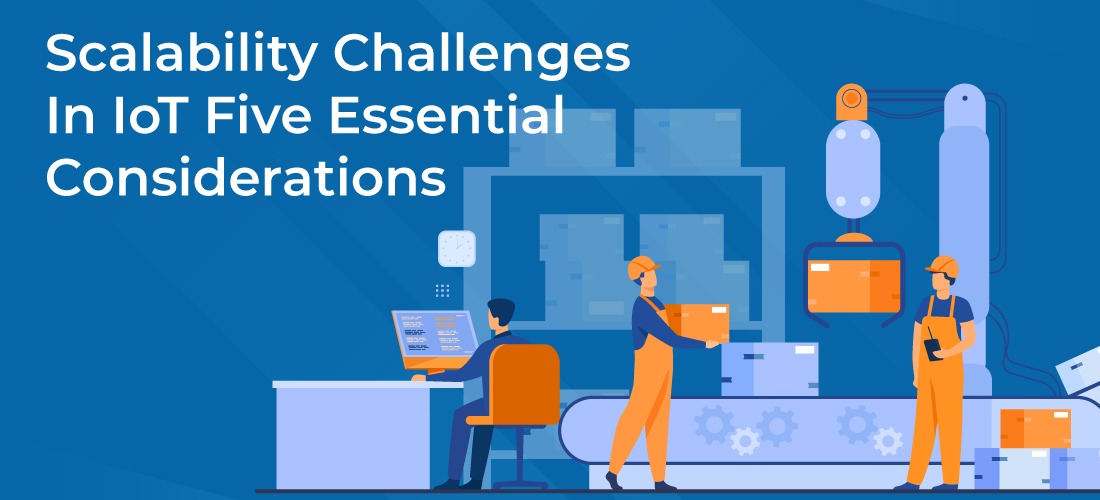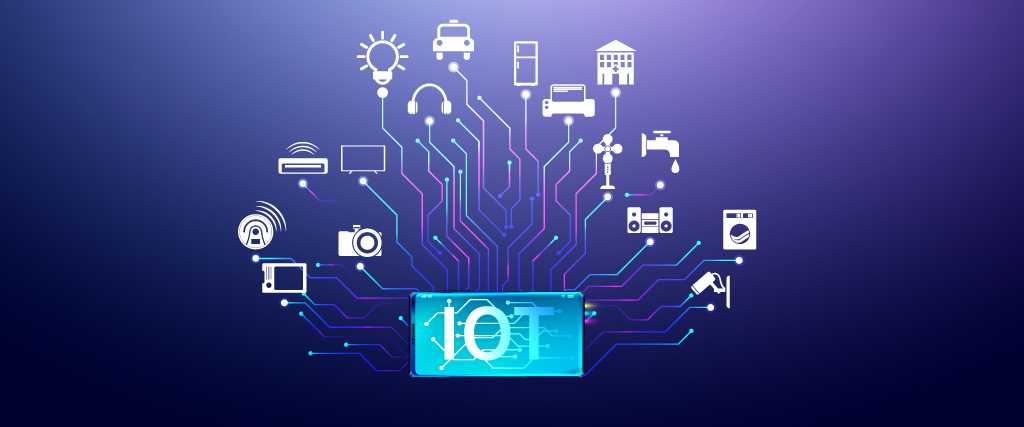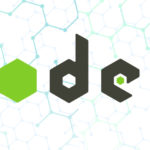Introduction
Scalability In IoT: One of the most crucial points of consideration in practically all technical initiatives is scalability, and the Internet of Things is no exception.
Suppose you already know your IoT solution will continually add more devices and need to manage a rising volume of data.
In that case, the scalability of IoT should be at the front of your thoughts.
Scalability:
The capability of a system to manage an increasing quantity of work by adding extra resources; remains a sticking point for many developers attributable to issues inherent to IoT technology.
Moreover, if not handled early enough, such vulnerabilities might evolve into problems that risk higher maintenance hours and latency issues.
Let’s review three techniques that help to tackle IoT’s most complex scaling difficulties.

Why Are There Scalability Issues In IoT?- Scalability In IoT
Before diving into the answers, let’s take the time to explore why there are scaling concerns particular to IoT. They include:
Lack of a planning phase:
When launching an IoT project, there’s a requirement for a solid Proof of Concept (POC) and planning phase.
Since IoT projects come with a range of technological and organizational issues, many aspects need to be addressed at the planning stage.
However, these features are often overlooked or neglected since they appear trivial at first.
That being said, they might have tremendous repercussions for the project’s expansion capability.
Compatibility with future devices:
As you surely know, there are lots of new IoT devices hitting the market. It’s anticipated that IoT connections will reach 83 billion by 2024.
On top of that, all of these gadgets come with new or upgraded features, hardware, and software.
What’s more, even the tiniest devices may modify how they interact with IoT communication protocols.
This implies that the procedure for adding or replacing new appliances in five years may be radically different from now.
This would involve modifying the architecture, the software, or the protocols themselves.
Budgetary constraints:
Scalability In IoT: IoT developers might be resistant to spending money now to prevent difficulties in the future.
While we appreciate their argument, would you not invest in a vehicle, house, or health insurance? Also, why take the risk?
1) Start Small And Build Out- Scalability In IoT

First, if you want to expand responsibly, it is good to restrict your growth over time.
If you start your project with a few reasonable devices, regularly adding one or two over time, you won’t have to overhaul your whole infrastructure, and it won’t take much effort to accommodate them.
With that being stated, if you do take this advice on board, it’s worth remembering that the amount of time you spend adjusting a new gadget can wind up spending more time than the alternative.
This is because when you design a scalable system straight immediately, you may add several devices at once.
Like most things, this all relies on your unique IoT project. If it’s relatively minor, you may gradually build up.
However, it’s worth thinking about the more comprehensive picture if you’re seeking longer-term development and scalability.
2) Use Simple Architecture

Second, adopting the correct architecture for your project from the outset leads to more minor complications in the future.
Moreover, it’s crucial to select a solution that has the end in mind, and MQTT versus REST is the choice you’ll have to make.
Adopting the MQTT protocol’s one-to-many structure could seem like a decent option for smaller applications when it comes to communication between IoT devices.
This is due to its programming complexity, latency and security difficulties, and continual maintenance. In the long run, you should adopt a more simplistic architecture.
Namely, a REST API delivers various advantages to developers, including simplicity of use, enhanced security, and increased scalability.
3) Incorporate A Decentralized AEP Platform- Scalability In IoT
Third, quickly scale up your IoT project utilizing a decentralized IoT Application Enablement Platform (AEP) (AEP).
To understand its virtues, let’s look at the alternative. A ‘traditional’ AEP solution, such as lAWS IoT or Microsoft Azure, transfers data between IoT devices through the cloud.
So, for a client to communicate with the machine, data must flow to an external centralized database and be temporarily stored there.
This isn’t excellent for device security. Even if data is encrypted from client to database and from database to device, the data saved in the database is still exposed to cyber-attacks.
Further, owing to the added step of passing via the cloud, a standard AEP solution entails increased latency difficulties because all data traffic needs to be routed through the same central “relay” configuration.
On the other hand, a decentralized AEP platform creates a direct link from the client to a device.
Once a P2P (peer-to-peer) connection is formed, the only restriction of the relationship is the computational power of the client and machine and the internet throughput rate at the two destinations.
This guarantees minimal latency between IoT devices, the scope for scalability, and removes the possibility of data interception.
In brief, a decentralized AEP solution enables you to grow up quickly by eliminating security concerns and having little influence on the pace of communication — no matter how large you become.

Lastly, Don’t Forget To Test!
Our final suggestion is frequently overlooked: testing. Whenever you’re trying IoT at scale, make sure you regularly test all variables that can affect effective device scaling.
It’s of crucial significance to continuously test as your project goes up.
Try to record latency levels, the connected devices, the amount of bandwidth being utilized, the messages being sent and received, and any other elements that can impact how prepared your project is for expansion.
While IoT projects come with unique scaling concerns, adopting the essential procedures goes a long way in mitigating these problems.
Scalability In IoT: To conclude, it is crucial for IoT developers with an eye on scalability to understand its issues, have a solid planning phase, spend the required time and money from the outset, and pick the architecture appropriately.
For further assistance in knowing this topic contact our team at Yugasa Software Labs.
Read More: IoT can be Glitch-free with these Five Techniques
























